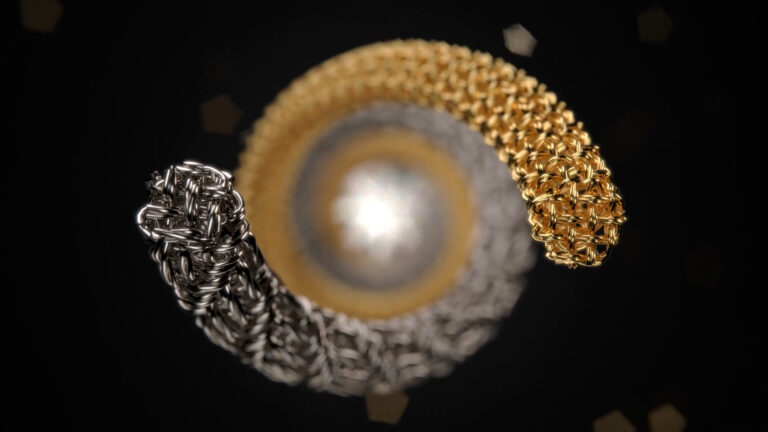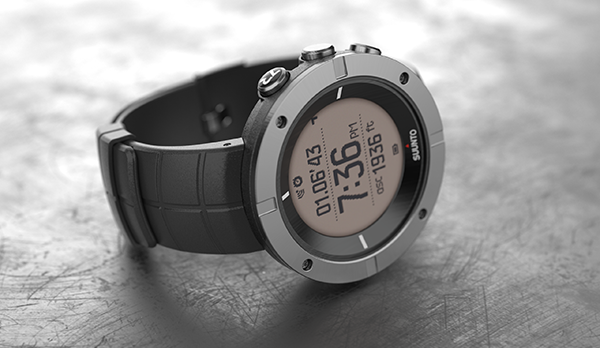Step 1: Creating a Multi-Color via the Color Picker
Multi-Colors work similarly to how Multi-Materials have worked in the past. To create a Multi-Color, select a part in your scene that you’d like to add a Multi-Color to, and open the Material Properties for that part. You’ll then need to locate the color window under your Material Properties and open the picker. Depending on the type of material, the color window may be attached to the property labelled Color or Diffuse.
Once your color picker is open, locate the fanned-out swatch book icon to the right of the naming field at the top of the window. When selected, a context menu will appear that opens a Sub-Color list when clicked. This Sub-Color list is where you’ll manage the different color choices that will make up your Multi-Color.
Step 2: Adding Colors to Your Multi-Color
There are a few ways you can add colors to your Sub-Color list:
- The first option is to simply hit the plus sign and create a color from scratch through the color parameters within the window. You can also plug in specific hex codes here. If you’re going this route, make sure to rename your color before or after you’ve made your adjustments.
- The second way is to add colors from the swatches at the bottom of the color picker window. First, hit the plus icon to add a new color, then select a Swatch from either the Scene Color swatch library or the Color Swatches library to add that color to the list. For this method, you won’t need to rename the color because it adopts the existing name attached to the color swatch you added.
- And the third way would be to open the color library from the Library panel and select specific colors from the many color systems available by default in KeyShot (Pantone, Coloro, NCS, etc). Then drag and drop your desired color from the library into the list. Again, with this method there’s no need to rename the color as it will maintain the same color info that was attached to the swatch in the library.
You can then apply these same methods to any part in your scene that may require a multi-color.
Step 3: Creating Color Ways using your Multi-Colors
Once your multi-colors are set up, open the Color Mode window by selecting the option from the ribbon along the top of the real-time view. If you’re not seeing the Color Mode option, right click on the ribbon to open the Context menu, and make sure that there is a check visible next to Color Mode.
Once selected, a color-focused workspace will take over the KeyShot program window. From here your library panel is simplified down to only the color libraries, and a new Colorway panel that’s visible along the right of the screen.
The Colorway panel is broken into two sections: the top is where your list of created colorways will live, and the bottom shows the different multi-colors that are assigned to each part of your model.
Within this bottom panel, multi-colors can be further edited by being removed or renamed, and new colors can be added by dragging and dropping them from the library panel on the left, or by dragging them from other multi-color lists.
With your multi-colors finalized, colorways can then be created by selecting the plus icon to the right of the colorway naming field. This will automatically create a colorway from the current visible color configuration. Colorways can then be further edited by selecting which color for each part will play a role in the currently selected colorway. You can also right click each colorway to rename or delete them if necessary.
Step 4: Render Colorways via the Render Queue
Once you’re satisfied with your colorways, you can set them to render out simultaneously through the queue in the Render window. With the window open, select your Queue tab. Then, along the righthand side of the render window you’ll find the Add Colorways button. Once selected, the “add to queue” window for your colorways will open and you’ll be able to select which colorways you’d like to add. From here simply process your queue and wait for your colorways to appear in your render folder!
Conclusion
With KeyShot’s brand new color mode and colorway workflows, creating accurate colorway variations has never been easier. With a simple drag and drop interface, and the ability to batch process your renders at the click of a button, KeyShot allows you to bolster your CMF workflows and provide more flexible imagery to stakeholders and manufacturing partners, globally.
Let’s See What You Create!
We’d love to see what you create with this tip. Check out the new KeyShot Luminaries online community to see what others are creating and share your own work. And if you have a suggestion for another tip, share it in the comments below.








